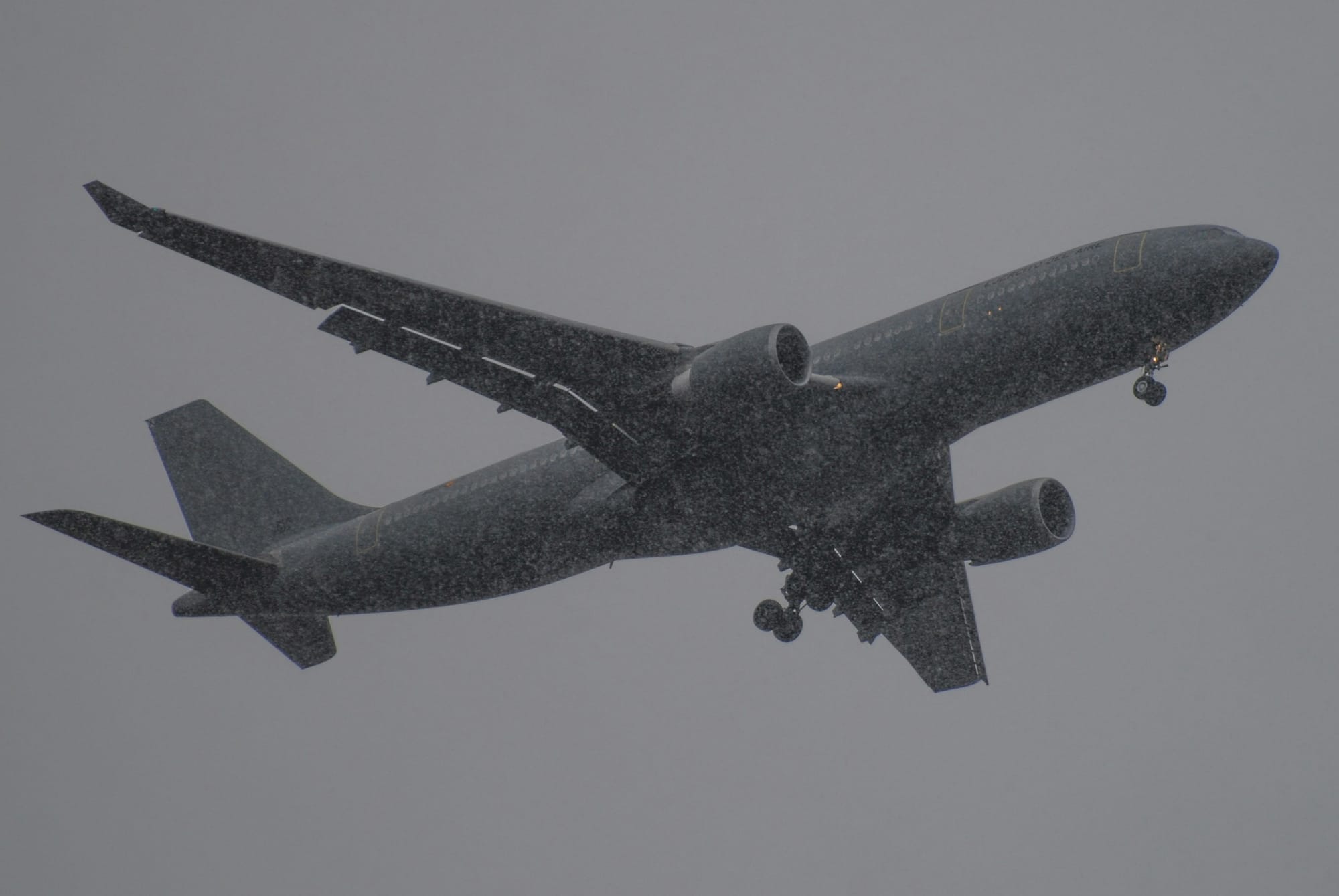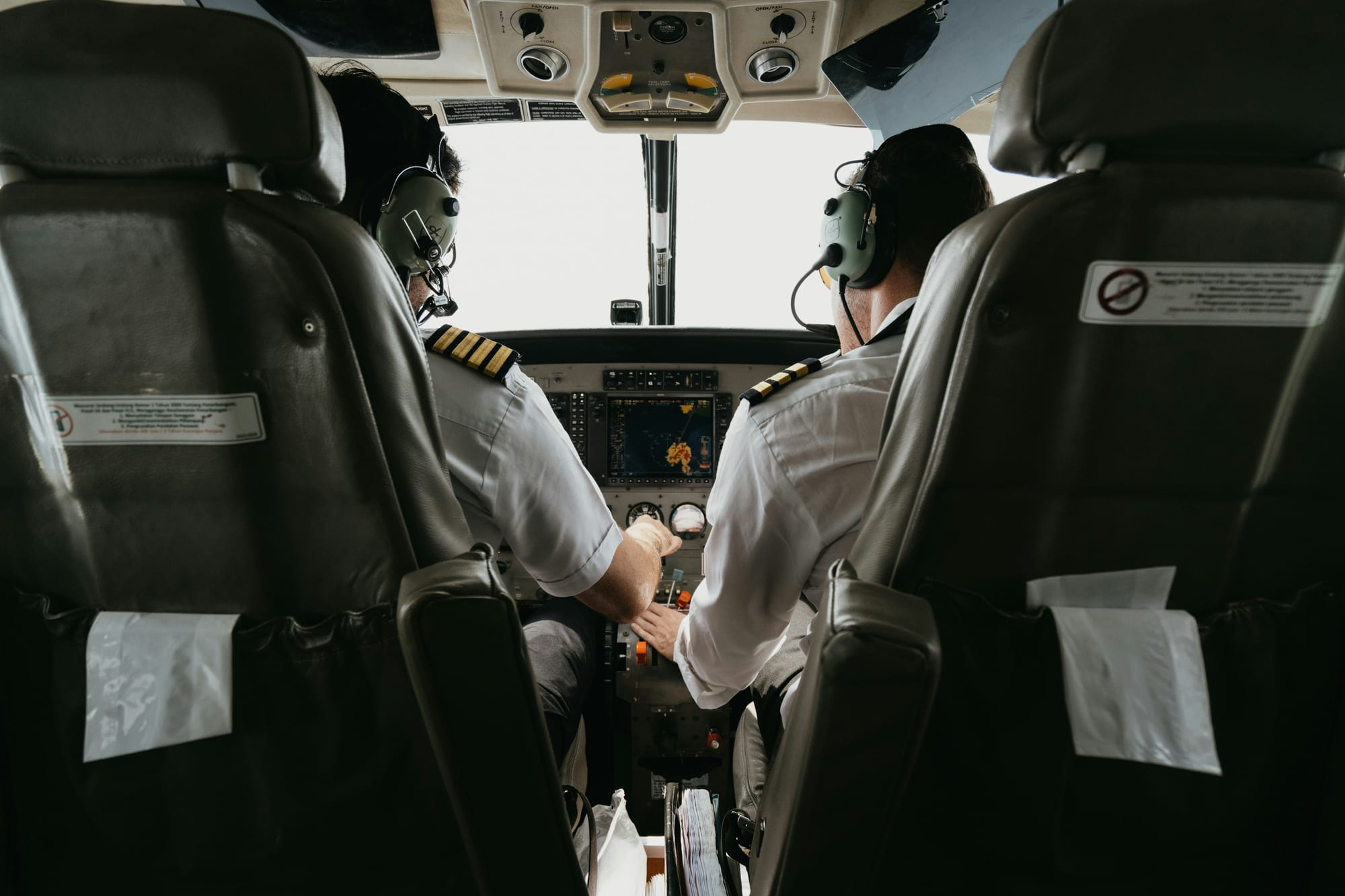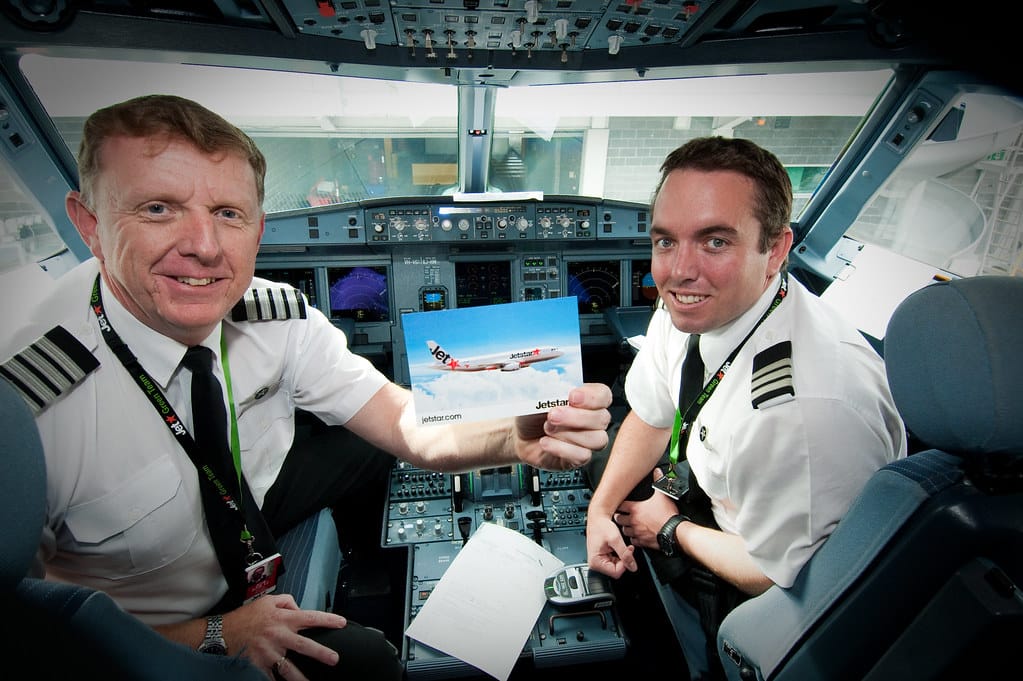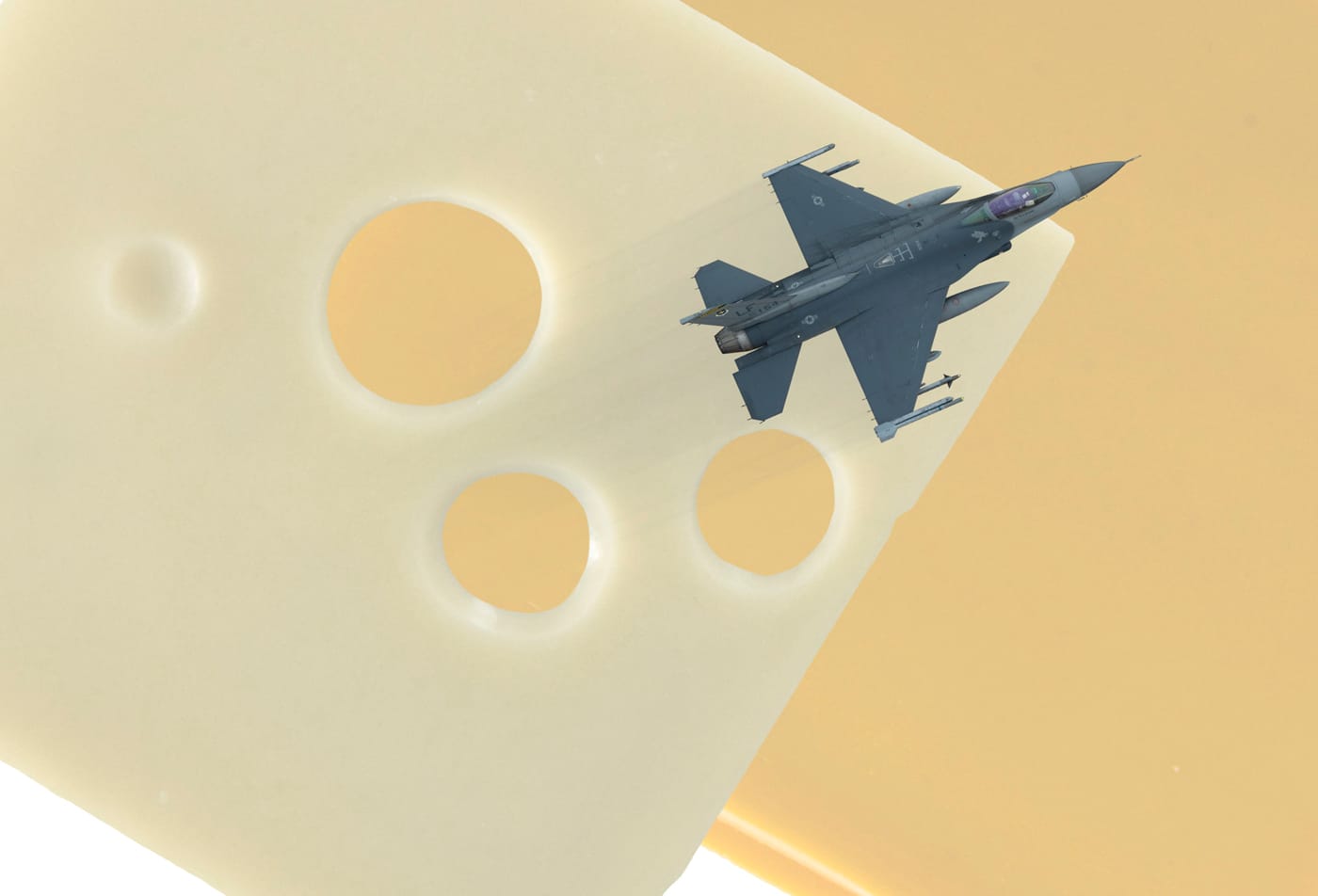Can Aviation Fuel Freeze?

Aviation is a field where meticulous attention to detail is critical, and among the various factors pilots and engineers must consider is fuel, and its behavior at extreme temperatures. One such phenomenon that demands understanding is fuel freeze. Can aviation fuel freeze, and if so, at what temperatures does this occur?
So... Can Aviation Fuel Freeze?

The short answer: Yes, aviation fuel can freeze, though the term “freeze” can be somewhat misleading. Unlike water, which turns into a solid at 0°C (32°F), aviation fuel doesn’t solidify in the same manner. Instead, as temperatures drop, it becomes increasingly viscous and eventually reaches a point where it cannot flow or be effectively used by the aircraft’s engines. This state is referred to as the “fuel’s freeze point.”
Freeze Points of Common Aviation Fuels
There are two primary types of aviation fuel used in modern aircraft, each with different freeze points:
- Jet A: Commonly used in the United States, Jet A has a freeze point of −40°C (−40°F).
- Jet A-1: A globally used variant, Jet A-1 has a slightly lower freeze point of −47°C (−52.6°F).
The lower freeze point of Jet A-1 makes it more suitable for long-haul international flights where aircraft may cruise at high altitudes, often encountering external temperatures as low as −57°C (−70.6°F) or lower.
Factors Influencing Fuel Temperature
Several factors affect the temperature of aviation fuel during flight:
- Ambient Temperature: At cruising altitudes, external temperatures can drop significantly, particularly over polar regions.
- Aircraft Speed: Friction with the air can generate some heat, which slightly offsets the cooling effect of high-altitude temperatures.
- Fuel Tank Location: On most aircraft, fuel tanks are located within the wings. The surrounding air’s temperature directly influences the fuel temperature.
- Flight Duration: On long-haul flights, fuel remains exposed to extreme conditions for extended periods, increasing the risk of reaching its freeze point.
Mitigating the Risk of Fuel Freezing
To prevent fuel from reaching its freeze point, aircraft are equipped with various safety measures:
- Fuel Heaters: Some aircraft are equipped with systems that heat fuel, maintaining it above critical temperatures.
- Route Planning: Flight paths may be adjusted to avoid regions with exceptionally low temperatures, such as polar routes during winter.
- Blending Fuel: Operators may mix fuels with slightly different properties to achieve a desired freeze point.
- Monitoring Systems: Advanced sensors continually monitor fuel temperature, alerting pilots if it approaches critical levels.
Final Thoughts
While aviation fuel can indeed freeze, modern technology and operational procedures effectively mitigate this risk, ensuring passenger safety even in the harshest conditions. Understanding fuel behavior at extreme temperatures is yet another testament to the aviation industry’s commitment to safety and efficiency.
As we look to the future, advancements in fuel technology and alternative propulsion systems may further reduce the challenges posed by extreme temperatures, ensuring even greater reliability for air travel.





